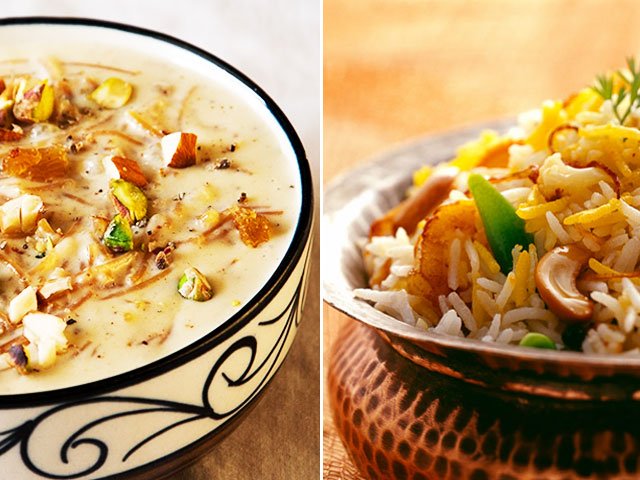
Compiled from Culture Trip, here is a selection of the best Eidul Fitr foods and dishes from around the world, sweet or otherwise.
Morocco: Laasida and Tagine
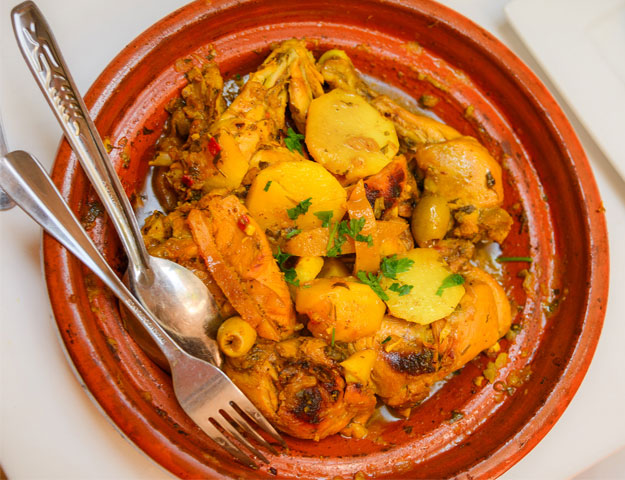 PHOTO: CULTURE TRIP
PHOTO: CULTURE TRIPMorocco kicks the day off with a breakfast of laasida, a dish that looks similar to rice pudding but consists of couscous, butter, honey and seasoning. Simple, yet sweet (which may explain why Eid is so often known as Sweet Eid), laasida may start the day, but a traditional tagine often finishes it. Popular throughout all of North Africa at this time of year, tagines most commonly use chicken, although, for Eid, it’s not unusual to see mutton-meat tagines with dried fruits instead.
India, Pakistan, Bangladesh: Sheer Khurma
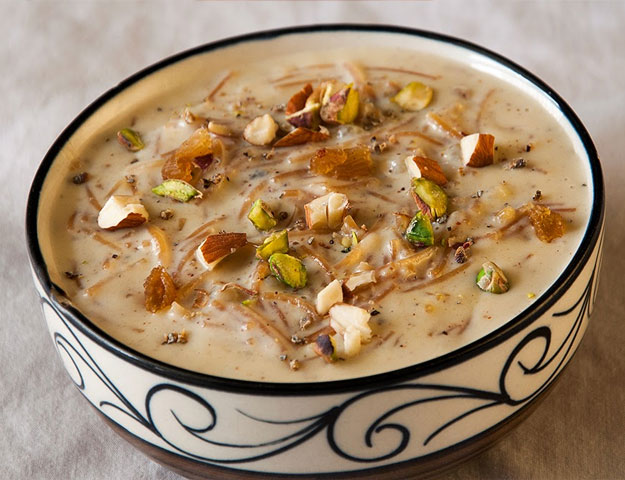 PHOTO: CULTURE TRIP
PHOTO: CULTURE TRIPFor Eidul Fitr, in countries such as India, Pakistan and Bangladesh, it’s typical to indulge in a creamy dish known as sheer khurma (or korma/kurma). The milky dish – made of toasted vermicelli-esque noodles, known as sevaiyan is sometimes topped with almonds or includes dried dates. This sweet offering is sometimes known as shemai and is considered one of the most popular and auspicious Eid dishes.
Indonesia: Lapis Legit
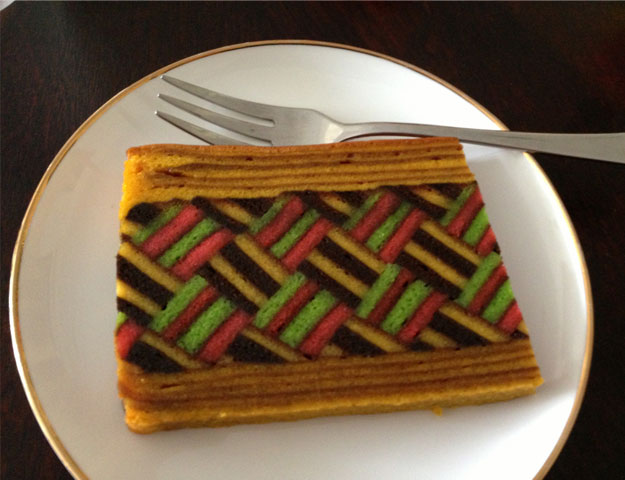 PHOTO: CULTURE TRIP
PHOTO: CULTURE TRIPInfluenced by the country’s history of Dutch colonisation, Indonesia often tucks into a particularly delicious sounding thousand layered spice cake to celebrate the end of Ramadan. Known as lapis legit, it is also a dish that remains popular in the Netherlands (albeit under the name of spekkoek) and is perhaps one of the most time-consuming Eid dishes; each layer is made from poured and broiled batter, before being assembled into the finished product.
Afghanistan: Bolani
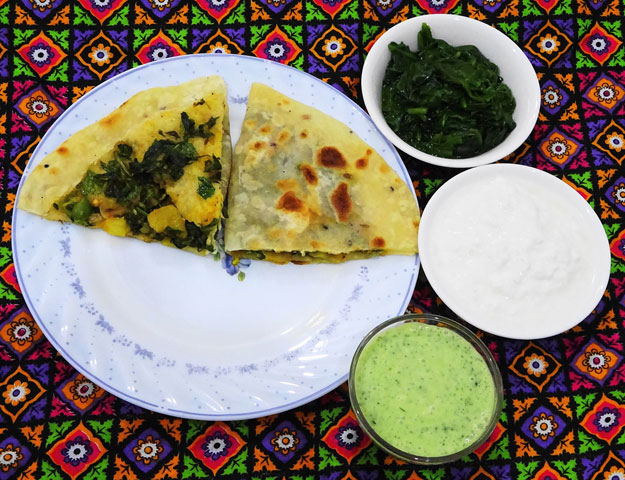 PHOTO: CULTURE TRIP
PHOTO: CULTURE TRIPEid in Afghanistan is a primarily child-oriented celebration, which involves many special festivities specifically designed for the youngest members of the household. However, the food remains a family affair, and one of the most traditional Afghan dishes at this time of year is bolani, a flatbread stuffed with either leafy greens, such as spinach, potatoes, pumpkin or lentils. As one of the few savoury dishes enjoyed for Eid, the bolani definitely merits a spot on this list.
Palestine, Syria, Lebanon, Egypt, Iraq: Butter Cookies
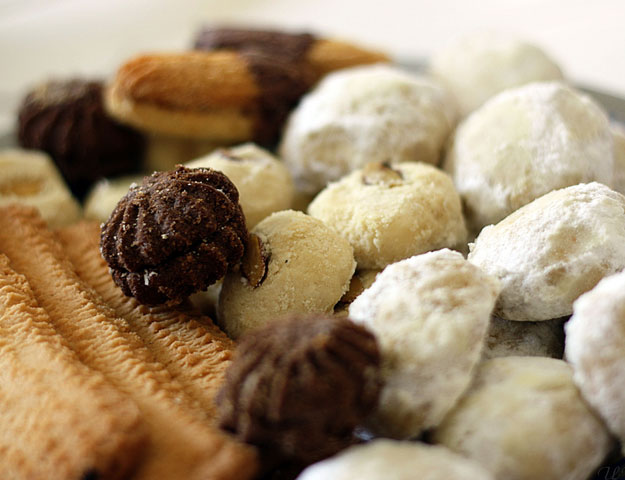 PHOTO: CULTURE TRIP
PHOTO: CULTURE TRIPWe’ve called them butter cookies, but that’s really their closest English-language equivalent. A favourite in Palestine, Syria and Lebanon, countries where Eid continues to be observed despite horrific levels of violence, the Palestinians know them as graybeh and include either pine nuts or almonds in the recipe, while in Syria and Lebanon, they are called mamoul and typically feature walnuts or dates. Iraq knows them as klaicha, while Egypt is also partial to a similar cookie, called kahk, this time filled with a honey-based stuffing.
UK: Biryani
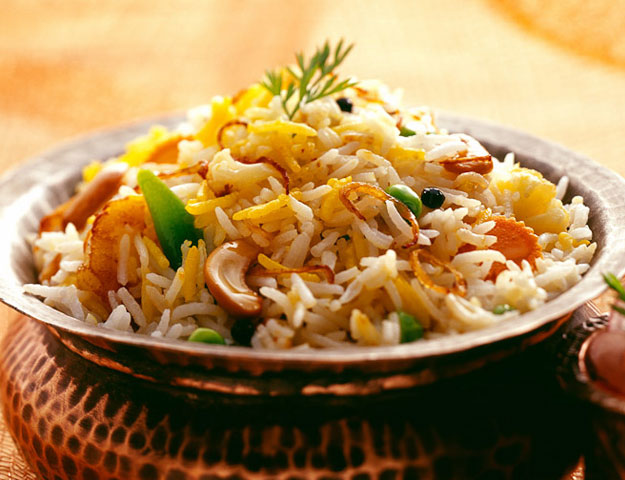 PHOTO: CULTURE TRIP
PHOTO: CULTURE TRIPIn the UK, one of the most popular Eid dishes is easily a classic biryani, which brings together meat and rice in a highly flavourful, heavily spiced dish. While chicken is typical, it’s not uncommon to see a whole spectrum of meats used for the Eid biryani, from mutton and lamb to goat, although fish is a lesser spotted protein of choice. Served with raita (cucumber, mint and yoghurt dip), salad and pickles on the side, it’s easy to see why this is a year-round favourite in the UK too.
Malaysia: Rendang
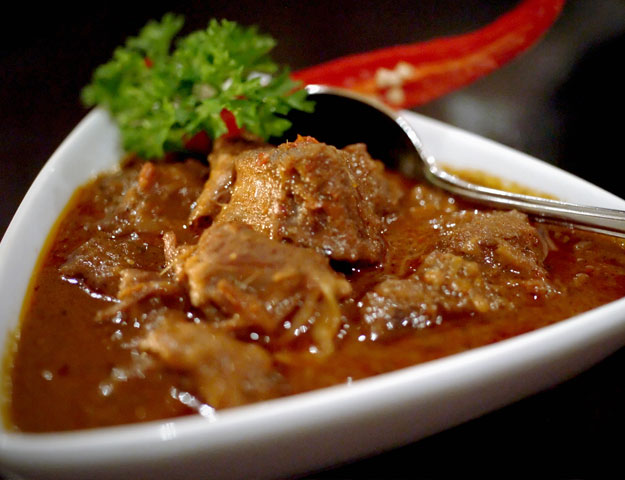 PHOTO: CULTURE TRIP
PHOTO: CULTURE TRIPWhile Eidul Fitr is actually known as Hari Raya in Malaysia, there are still plenty of traditional dishes associated with the celebration, the most notable of which is the spicy coconut curry known as rendang. While beef may not be popular for the UK biryani dish, it’s the main ingredient in Malaysia’s popular Eid dish, also enjoyed in Indonesia (the country from which it originated) and the rest of the Malay diaspora, which includes Singapore, Brunei, parts of the Philippines and, of course, Malaysia.
Russia: Manti
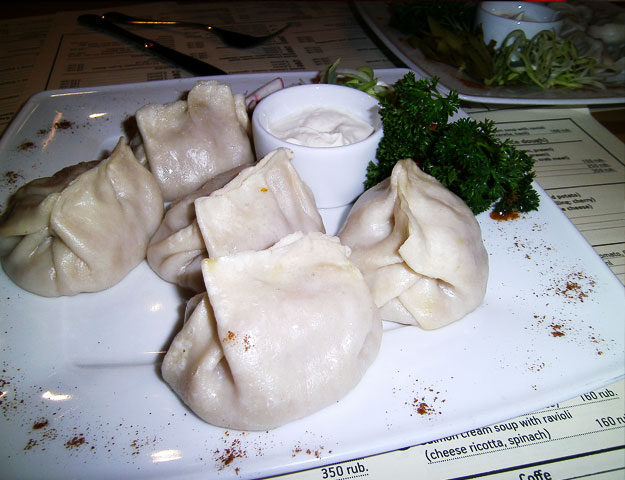 PHOTO: CULTURE TRIP
PHOTO: CULTURE TRIPRussia is another country that marks Eidul Fitr with some suitably delicious dishes, and while Russian cuisine as a whole doesn’t exactly have the best reputation, this is one offering you’ll want to try. Known as manti, which are basically stuffed dumplings, they contain either seasoned lamb or beef, and these savoury bites often form the base of the Eid feast in Russia. However, the recipes can vary from region to region, so you might never find two that taste the same.
Have something to add in the story? Share it in the comments below.
1731570357-0/elon-musk-(1)1731570357-0-405x300.webp)
-(1)1717678110-0/Kendrick-(1)-(1)1717678110-0-165x106.webp)



1627551707-01732470336-0/ipiccy_image-(15)1627551707-01732470336-0-270x192.webp)
1732442095-0/Express-Tribune-(3)1732442095-0-270x192.webp)

1732437528-0/Untitled-design-(18)1732437528-0-270x192.webp)
1732434851-0/Untitled-design-(17)1732434851-0-270x192.webp)







COMMENTS (1)
Comments are moderated and generally will be posted if they are on-topic and not abusive.
For more information, please see our Comments FAQ